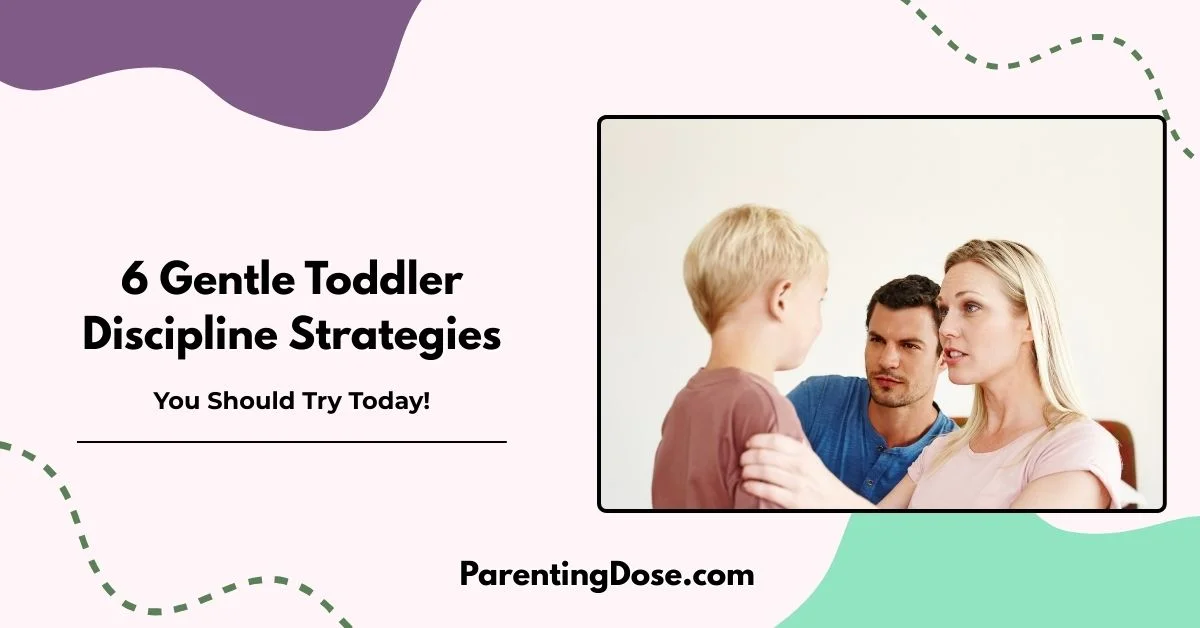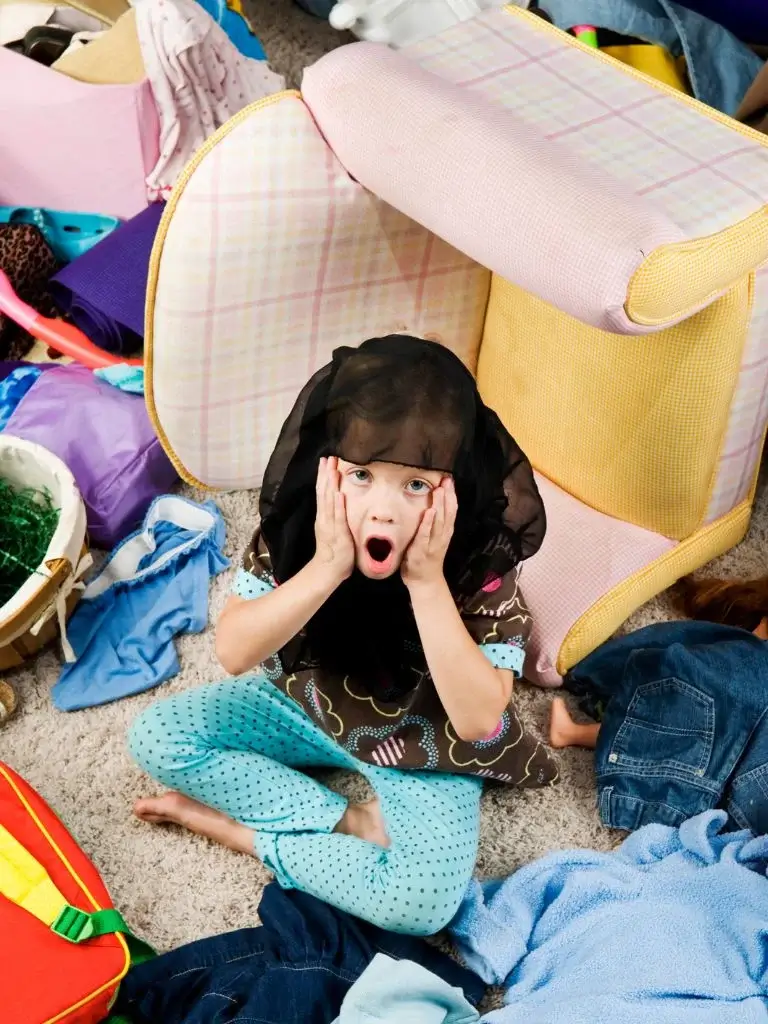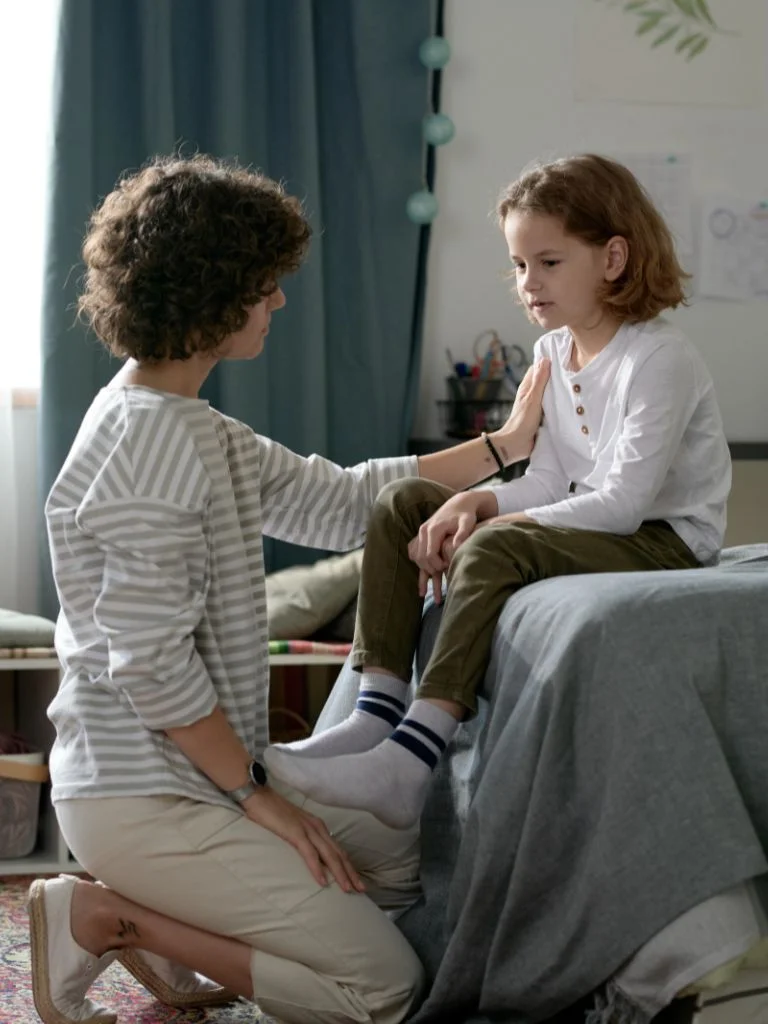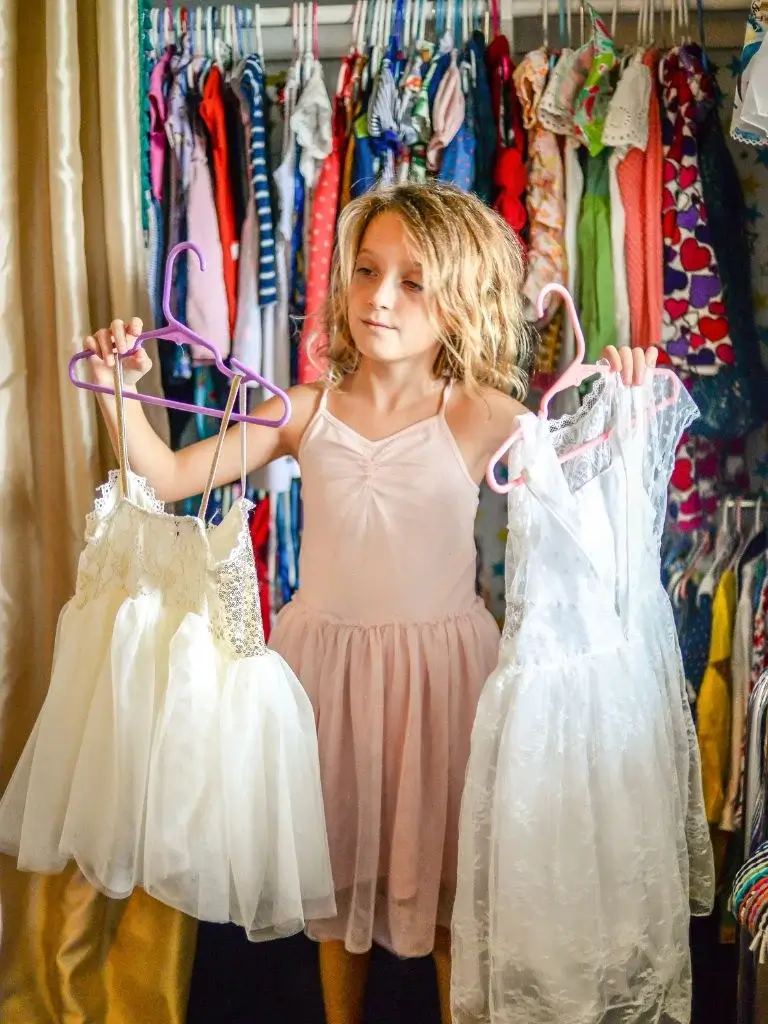When my toddler first started showing signs of challenging behavior—tantrums in the grocery store, hitting when frustrated, refusing to listen—I told myself it was just a phase.
I blamed teething, growth spurts, lack of sleep. Anything but the possibility that I needed to rethink how I approached discipline.
It took a meltdown at a family gathering to wake me up. My child was screaming, throwing things, completely out of control—and I was helpless. That was my turning point. I realized that hoping things would just “work themselves out” wasn’t enough.
Discipline isn’t punishment; it’s teaching. And toddlers desperately need that structure.
If your current approach isn’t working, you’re not failing—you might just need to be more proactive and consistent. Toddlers are wired to test boundaries.
They’re not being “bad”; they’re learning how the world works. If boundaries aren’t clear or enforced regularly, toddlers get confused.
What was okay yesterday might suddenly get a reaction today. That inconsistency can lead to more chaos, not less.
Without a consistent framework, toddlers don’t know what’s expected of them, which can cause anxiety and lead to more acting out. Recognizing this was a hard but necessary shift for me.
6 Gentle Toddler Discipline Strategies
Here are a few strategies that have helped me—and can help you—build a more peaceful and respectful dynamic with your toddler:
1. Stay Calm and Consistent
Your toddler will test you, and your reaction teaches them what to expect.
Staying calm (even when you feel like yelling) models self-regulation.
When they see that you’re steady and composed, it helps them feel safe.
Consistency is equally important. If one day you let them jump on the couch and the next day you scold them for it, you’re sending mixed signals.
Toddlers thrive on predictability. They want to know where the boundaries are because it helps them feel secure.
2. Use Time-Ins, Not Time-Outs
Traditional time-outs can sometimes feel like rejection to a toddler, especially when they’re already struggling to manage overwhelming emotions.
Instead, time-ins keep the connection intact. When my toddler is having a meltdown, we sit together in a quiet corner. I let her cry, breathe, or just sit silently until she’s ready to talk.
This teaches her that emotions are okay and that I’m there to help her work through them. Over time, she’s learned to recognize and express her feelings better.
3. Offer Choices
Toddlers are fiercely independent, and much of their resistance comes from feeling powerless.
Offering limited choices gives them a sense of control within boundaries you’ve set. For example, “Do you want the dinosaur pajamas or the striped ones?” Either option works for you, but they feel empowered.
This simple shift can prevent power struggles and reduce frustration for everyone.
4. Praise the Good
It’s easy to focus on what they’re doing wrong, but catching and acknowledging good behavior reinforces it.
When I see my child sharing or using kind words, I make it a point to say, “I saw you gave your toy to your friend. That was so kind of you.” These moments build their self-esteem and encourage more of the same behavior.
Toddlers want your attention, and they will repeat the behaviors that get it.
5. Use Natural Consequences
Natural consequences are some of the most effective teaching tools. If they refuse to wear a jacket, they may feel cold. If they throw a toy, that toy gets put away.
These real-world outcomes help them understand that their actions have consequences. It’s not about punishment; it’s about helping them connect cause and effect in a meaningful way.
6. Set Clear Expectations in Advance
Before entering a situation that could be difficult, like visiting the grocery store or attending a birthday party, take a moment to explain what behavior is expected.
Keep it simple and age-appropriate: “We’re going into the store. You need to stay in the cart and use your quiet voice.” Repeat it, and if possible, role-play it beforehand. This helps your toddler feel prepared and sets them up for success.
Don’ts of Toddler Discipline
Now, these are the things you MUST NOT DO to discipline your toddler:
1. Don’t Yell
Yelling may feel like it works in the moment, but over time, it damages your relationship and teaches your toddler that shouting is an acceptable way to communicate.
It can also trigger fear or defiance, making the situation worse. If you feel yourself getting to that point, take a deep breath or step away for a moment.
Remember: you’re modeling how to handle frustration.
2. Don’t Spank
This one literally pisses me off. Spanking can stop a behavior temporarily, but it doesn’t teach better alternatives.
It also sends the message that hitting is an acceptable response to anger (which is TOTALLY WRONG). Instead, focus on gentle but firm corrections that teach your toddler how to manage impulses and express their emotions constructively.
3. Don’t Ignore Feelings
When a toddler is melting down, it might be tempting to dismiss their emotions as over-the-top or manipulative. But feelings are real for them, even if the cause seems minor to us. Saying things like, “You’re fine,” or “Stop crying,” can make them feel unheard.
Instead, try, “I see you’re upset because we have to leave the park. It’s hard to stop playing when you’re having fun.”
4. Don’t Expect Too Much
Toddlers are still developing critical skills like impulse control and emotional regulation. Expecting them to act like mini-adults sets both of you up for frustration.
Keep your expectations realistic and celebrate progress, even if it’s small. Some days, getting through a playdate without a meltdown is a huge win.
Problem Behaviours and How to Correct Them
1. Tantrums
Tantrums are a normal part of toddlerhood. They usually happen when a child is tired, overwhelmed, or can’t express what they need.
The key is to remain calm and present. I sit close, offer comfort without trying to fix it right away, and wait until the storm passes.
Afterward, I label the emotion: “You were really mad because you wanted the blue cup.” Then I gently talk about better ways to express those feelings next time.
2. Hitting or Biting
These behaviors often stem from frustration, lack of communication skills, or seeking attention.
When it happens, I immediately intervene: “No hitting. That hurts.” I remove my child from the situation and help them find words or safe actions instead.
Over time, we’ve practiced saying, “I’m mad,” or stomping feet instead of using hands. Repetition and modeling are key.
3. Not Listening
Sometimes, it feels like you’re talking to a wall. When that happens, I remind myself to get on her level, make eye contact, and speak clearly and calmly.
If there’s still no response, I follow through on a consequence: “If you don’t clean up now, the toys will be put away for the rest of the day.” When she sees I mean what I say, she starts responding more.
4. Defiance
Defiance is often about independence. Toddlers are exploring their autonomy.
When my child says, “No!” to everything, I try to avoid power struggles by offering choices or making it into a game. “Can you hop to the car like a bunny or march like a soldier?”
Giving them a little power reduces the need for them to fight everything.
5. Whining
Whining is often a sign of fatigue, hunger, or a need for connection. Instead of snapping, I say calmly, “I can’t understand you when you whine. Can you ask me in your regular voice?” Then I wait.
If the need is legitimate, I try to meet it. If it’s not, I still acknowledge the feeling and redirect.
Conclusion:
Disciplining a toddler isn’t about perfection—it’s about showing up every day with patience, love, and a willingness to learn alongside your child.
There will be setbacks, and that’s okay. What matters most is that we stay consistent, stay connected, and remember that every moment of correction is also a moment of connection.
Your toddler isn’t trying to make your life harder—they’re learning how to navigate theirs. And with your steady guidance, they’ll get there.







